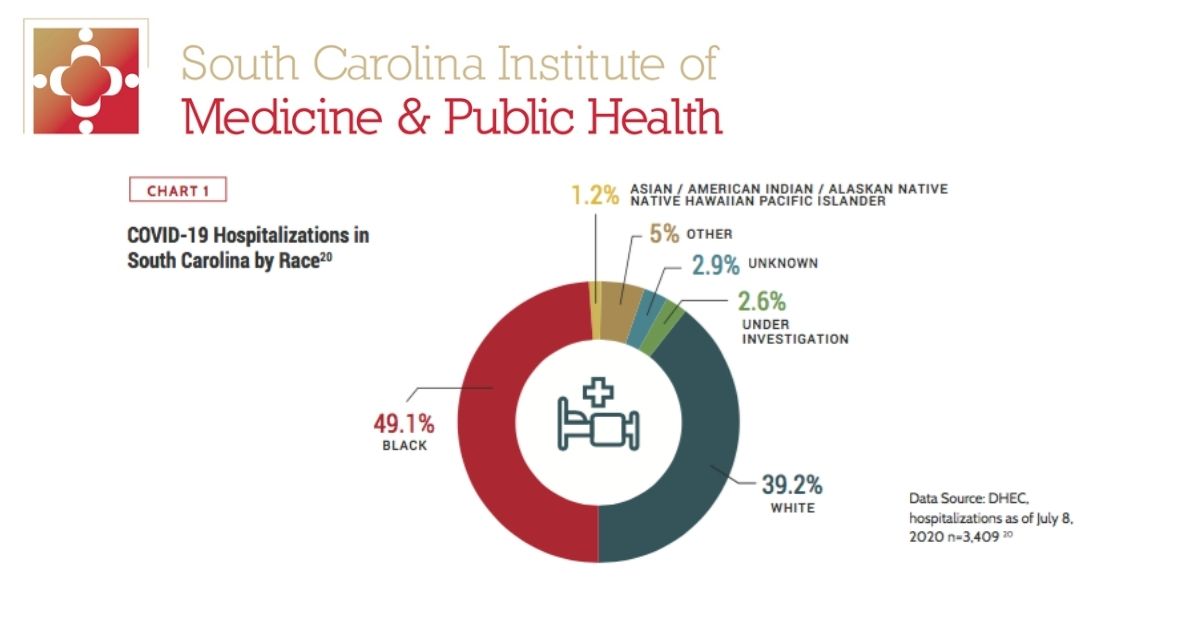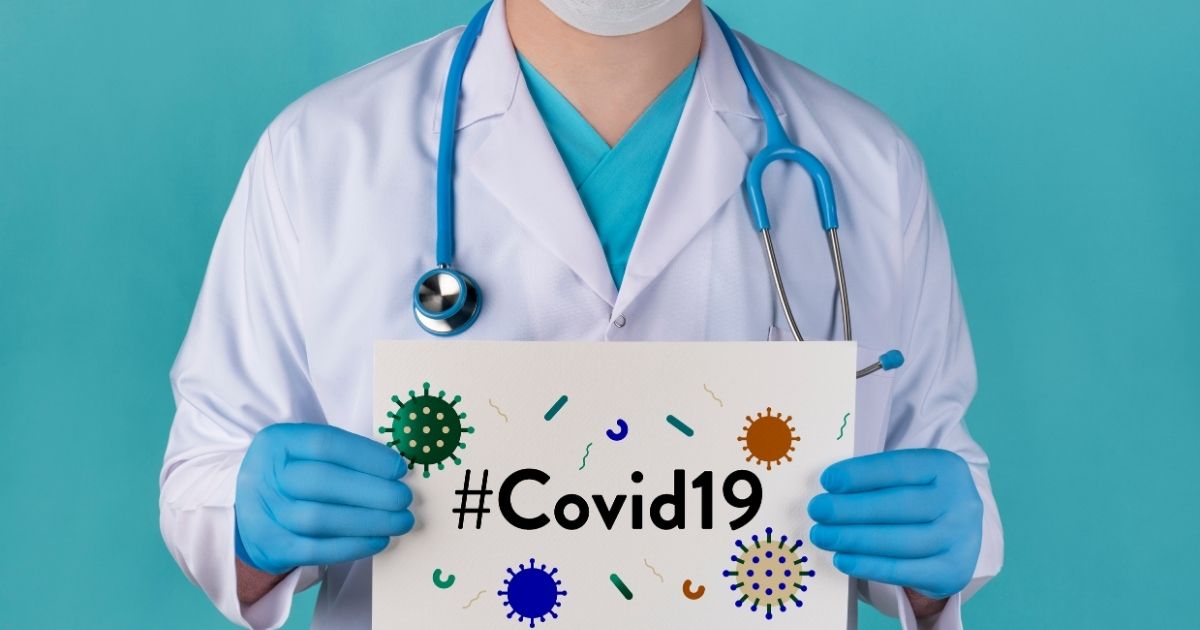The Covid-19 pandemic is impacting the Black and Latino communities at a vastly higher rate that White communities. According to data released by IMPH and the South Carolina Department of Health and Environmental Control (DHEC), socioeconomic factors, access to testing, densely populated neighborhoods and reliance on public transportation have contributed to the spread of Covid-19 in these communities.
Key Findings in the Study
- People in Latino and Black communities are three times more likely to be infected
- Black Americans are hospitalized five times more often than white Americans for Covid-19
- As of June, 23, 2020, 1 in 1,500 Back Americans have died from Covid-19
- Black people represent 12.4% of the population in the U.S. but represent 23.8% of known COVID-19 deaths
SC DHEC
Although Black people account for only 27% of the population of South Carolina, they represent 45% of state residents who have died from the Coronavirus. While white people also represent 45% of COVID-19 deaths, they make up 68.6% of South Carolina’s population.
Disparities in South Carolina in Death Rates
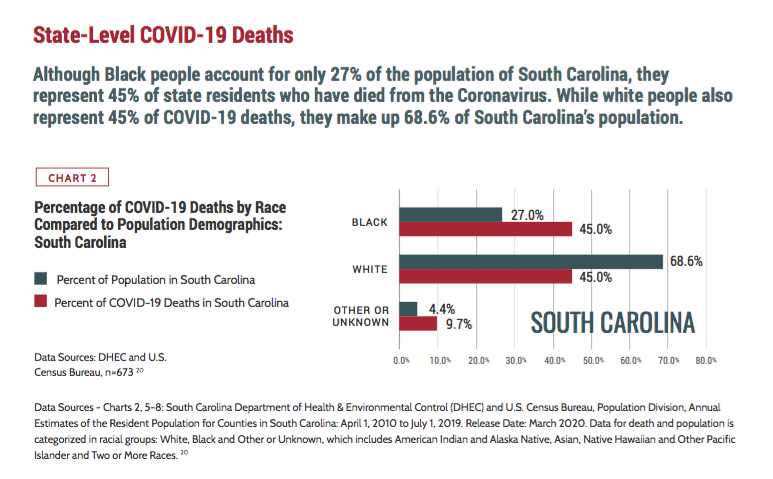
Hospitalization Disparities
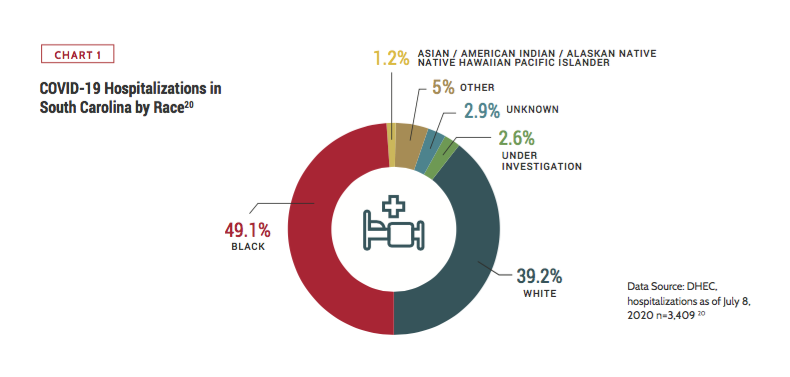
In the Upstate, COVID-19 deaths for Black people are 19.3 percentage points higher than their representation in the population. Conversely, white people COVID-19 deaths are 15.1 percentage points lower than their representation in the population.
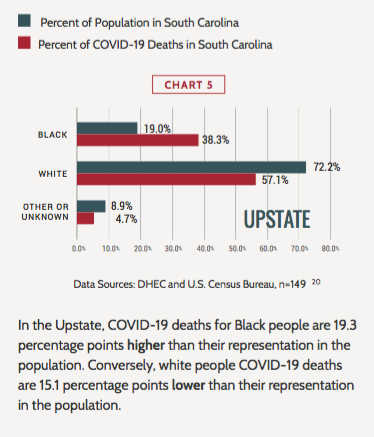
DHEC Recommendations for Improving These Outcomes
To address these disparities, public health experts have suggested actions that should be considered by federal, state and local government and health care providers:
-
Continue to increase testing availability across
the state, with focus on communities of color and communities with limited access to care. With knowledge of positive results, people can quarantine and get care earlier
- Streamline access to care for vulnerable populations, including people of color and low-income individuals. Access to better and earlier treatment will decrease COVID-19 mortality.
- Promote face covering and social distancing through media campaigns, policy changes and ensuring that people have access to personal protective equipment like masks and sanitizers. Special messaging to vulnerable populations could increase individual-level prevention efforts.
Related Articles
[catlist name=”virus”]

